10 Harmful Bugs to Avoid at all Costs!
Description
10 Harmful Bugs to Avoid at all Costs!
If you're new, Subscribe! → http://goo.gl/djmfuX
For copyright queries or general inquiries please get in touch: [email protected]
Sources: https://pastebin.com/EdnJdhmX
Top 5 Best is the #1 place for all your heart warming stories about amazing people that will inspire you everyday. Make sure to subscribe and never miss a single video!
#viralstory #amazingpeople #top5best
10 Harmful Bugs to Avoid at all Costs!
When it comes to animals, we basically judge them on how dangerous they can be by their size, oh how
wrong we are. Even the tiniest creatures can pose a threat and harm us in some way. The bug in number
one can give you a bite more painful than anything you’ve ever felt before so stay tuned for that. Here
are 10 harmful bugs to avoid at all costs.
Number 10. The American Oil Beetle
American oil beetles are a type of blister beetle. That means whenever they feel threatened or squeezed
under pressure, they excrete a chemical known as canthardin, a very nasty toxin that irritates human
skin that results into blisters, which are extremely painful. This is the same chemical that these beetles
use to ward off predators.
American Oil Beetles have a soft, yet stout abdomen with a shell covering that looks like a series of
overlapping plates. The insect can appear as a dull black or, in some cases, a shiny black or dark blue.
The surface texture is slightly bumpy, not slick and smooth. Antennae are visible on the head.
These particular beetles do not fly and are slow movers. Adults can be found gingerly walking around
plants they eat, such as buttercups, and in grass. They are active all year, but more so in the spring,
when they are more likely to be seen. The larvae are somewhat devious. One will sit on flowers, waiting
for a bee to land. It will latch onto the bee for a free ride back to the hive. Once there, the beetle larva
feeds on the same food as the bee larvae. It will pupate safely inside and emerge in the spring.
Number 9. The Assassin Bug
The strong beak found on Assassin bugs is used to repeatedly, and violently, stab its prey to death,
hence the name 'assassin'. This insect can also inflict terribly painful bites on careless humans so you can
look but better not touch. They are vicious hunters and can be found on shrubs, ground cover, and
garden plants as they search for insect prey. Assassin Bugs move quickly and nimbly, surprising their
victims. Once a prey item is caught, Assassin bugs use their powerful front legs to hold the insect down
while it is stabbed to death and body fluids are subsequently sucked out.
Most of North America is home to some type of Assassin Bug. The Wheel Bug is a commonly seen
member of the Assassin Bug family. Its red and black nymphs are often sighted crawling in large groups
on branches during spring and summer. Because of their diet, they are a helpful aid in controlling
unwanted insect populations in a garden.
Number 8. The Bald Faced Hornet
Bald-faced Hornets are considered a beneficial species because they control the population of peskier
insects by preying on flies and the notoriously aggressive yellow jackets, which they chew to a pulp
before feeding them to their larvae. The adults themselves feed mostly on nectar and tree sap. But just
because they are vegetarian and are considered beneficial doesn’t mean you’ll always have a peaceful
relationship with it.
Bald-faced Hornets are extremely aggressive if they, or their nest, are under threat or disturbed. They
will sting not just once, but repeatedly. Nests are a gray, shapely, paper-like mass with an opening at the
bottom. These bulbous nests are above ground, usually attached to lower branches of a tree or shrub,
or on the eaves of outbuildings. Active nests can contain anywhere from 100-400 individuals. Removal
by a professional is prudent in areas close to human activity.
Number 7. The Black Carpenter Ant
Black Carpenter Ants are absolutely gigantic when compared to other ant species. Their name suggests
that it is an ant that builds, and it does that very well. The building locations of Black Carpenter Ants nest
can make them quite a nuisance for humans.
Carpenter Ants are unlike termites as they do not eat wood, but they do make a home in it. They build
colonies of up to 10,000 ants in dead trees, telephone poles, wood piles and sheds, under house
insulation, or even inside the walls of houses, in turn making them structurally unstable. You see how
quickly these guys can be a nuisance? Worker ants live to solely to serve the one queen in a mature
colony. Solitary scouts are sent to forage for food and return to the spot with more ants later. The
queen ant produces eggs quickly, and it takes little time for a small colony to grow into a massive one. A
large colony will even begin expanding into smaller satellite colonies

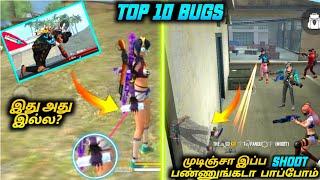
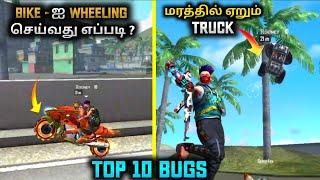


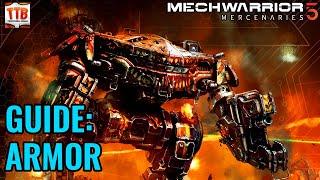





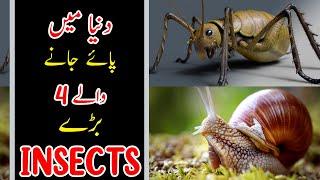
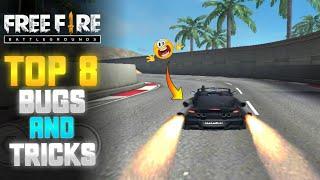
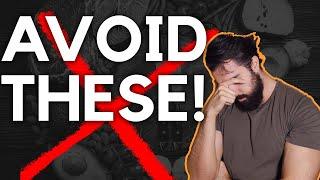
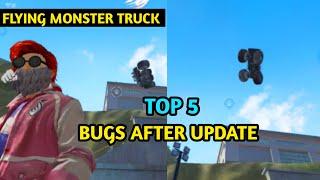






Comments